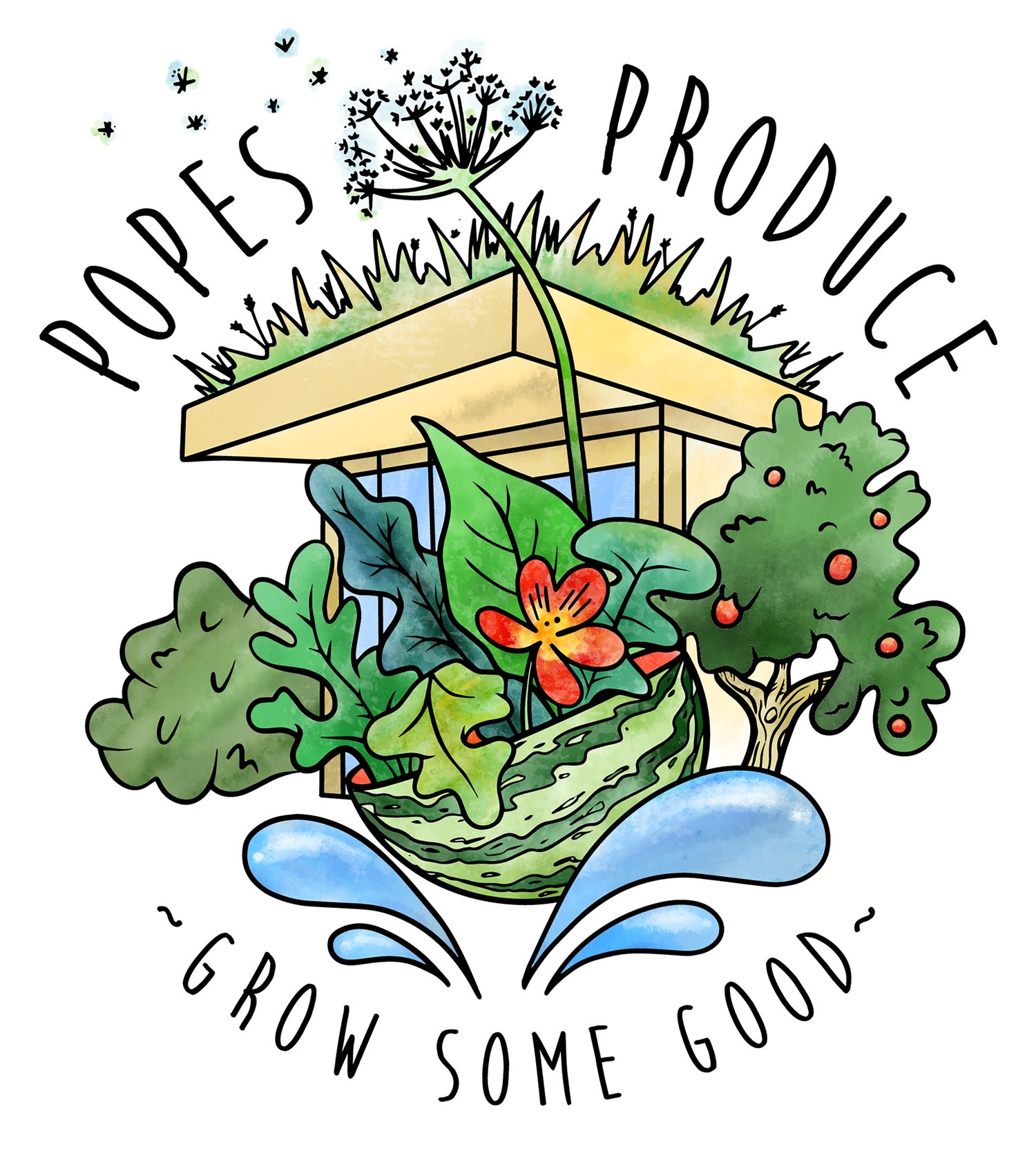Love from the ground up
Surprisingly, gardens are not all they appear at 1st sight.
They are a slow and steady work of art, a living being, a product of their environment and the living creatures that work and play there.
We look around, often anticipating a vista of lushness and vitality beaming back at us in our own settings or public places.
Occasionally that may not be the case.
“But why aren’t my loved ones thriving?’ I hear you cry.
Instead of thinking what the plant can do for you, think about what the plant needs to meet it’s potential.
And herein lies the answer….
Soil is the soul of the garden.
Love lies within. When you find what a plant needs – you have contentment and possibly even happiness. Soil is actually the heartbeat and source of nourishment for plant life. And soil is created over a ridiculous period of time. Australia has the most ancient soils on the planet and we’re letting them blow away with detrimental land management practices.
When any area is stripped for whatever purpose, the soil is left exposed to the elements. Naked, soil will drift through wind and rain as there is nothing to anchor or protect it. It may eventually end up in oceans. Goodness knows what the fish would do with topsoil.
Here’s a concise description I found of our soil recently -
From the Australian Academy of Sciences – (https://www.science.org.au/curious/earth-environment/dirt-our-soils)
Article ‘The Dirt on Our Soils’
.. ‘Australia’s soils are old. During the last ice age (around 20,000–26,000 years ago) many land masses were covered by ice sheets, which scraped away the soil as they moved over the continents. As the exposed fresh rocks weathered, new and nutrient rich soils were created.
This was not the case here in Australia. Not much of our continent was covered by ice during the last ice age, and so our soils have been sitting around for a very long time, slowly undergoing more and more weathering and erosion. This weathering has dissolved vast quantities of nutrients, and washed them away into the groundwater and/or rivers, leaving the soils depleted in nutrients such as phosphorous, calcium and potassium. The productivity of our old, nutrient-poor soils has also suffered because of some land management practices introduced since European settlement.’
To get our grow on; we need to employ our powers of observation. First – what vegetation do we have in front of us? Is it fruity, fragrant, floral, modest in statue or a giant? Maybe none of these. If you don’t have someone to check with, there’s a few plant apps for ID out there these days.
What kind of environment are you in ? Is it coastal with hot summers, the mountains with frosty winters or your favourite holiday spot – maybe with different growing conditions to what you have at home.
What message is the plant conveying? Does the plant look happy in the shade? (Leaves bright and glossy) Or does it look a bit straggly and tired?
How’s the soil? Does it feel damp to the touch or dry like dust? Is there mulch protecting the soil from the damaging Australian sun?
To kick start your journey – have a wander through Gardening Australia, a ridiculously informative location for everything botanically related.
https://www.abc.net.au/gardening
Gardening is often a full body experience; the affair starts from the ground up.


